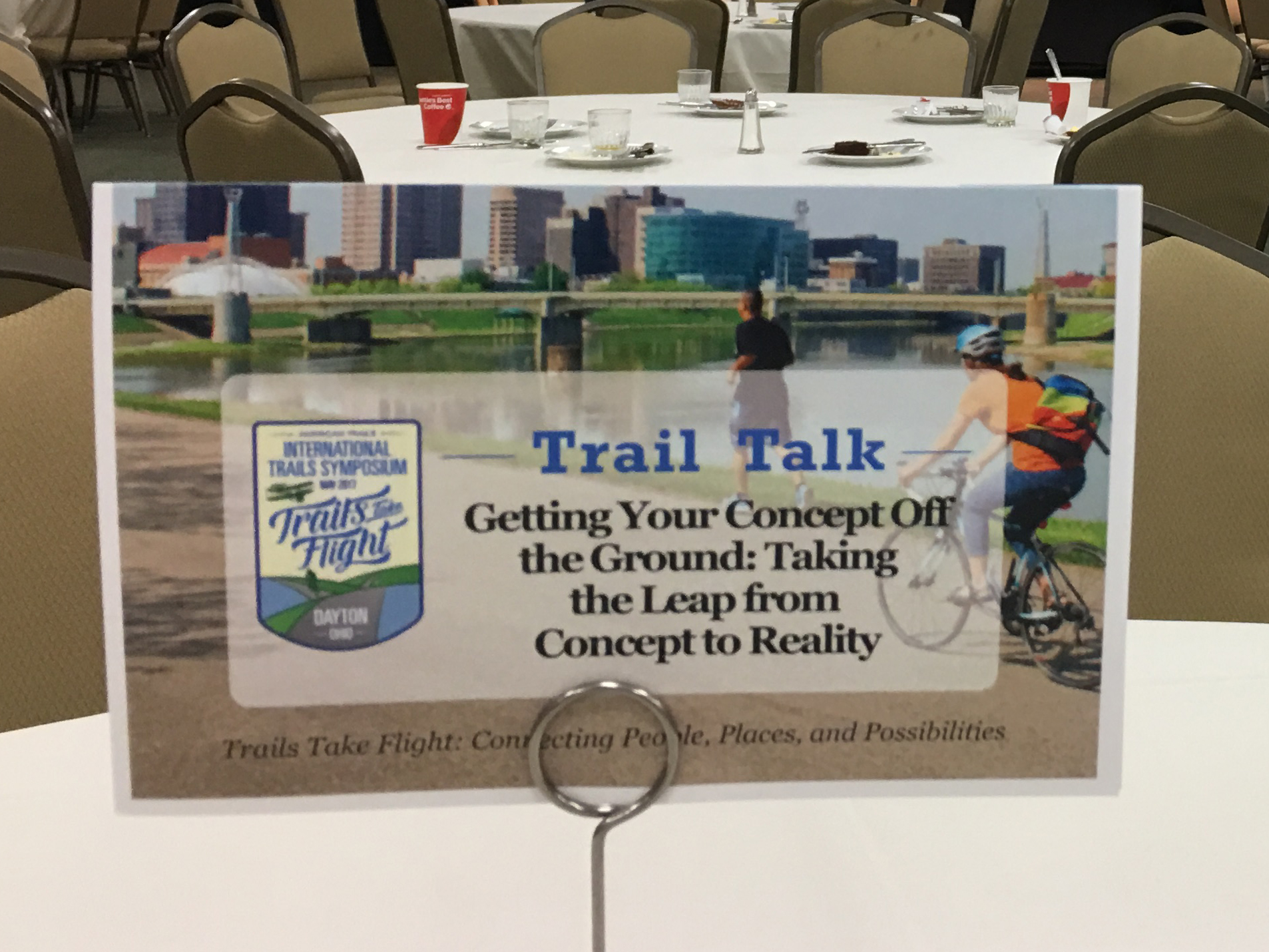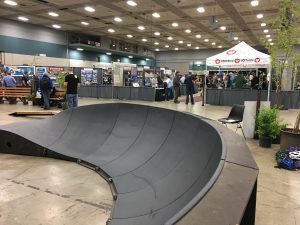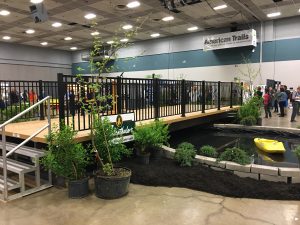Kleingers at the 2017 International Trail Symposium

The Kleingers Group recently spoke at the 2017 International Trail Symposium held in Dayton, Ohio. The educational conference brings together experts from all across the globe to learn more about trail system challenges, successes, and progressive ideas. We were inspired by so many ideas and conversations shared during the conference that we thought we would share some of our thoughts with you.
See our takeaways from speaking/attending below:
Sharing International Challenges and Successes
- Those in attendance during our speaking session included individuals from Brazil, El Salvador, Idaho, and New England (just to name a few). It was incredible to sit alongside others from all across the globe, discussing similar challenges, programs, and worldwide support for creating trails to connect people across the earth.
- Much like what we see in areas where we perform trail engineering and design services, many cities across the globe have been built around a single mode of transportation – cars.
- In general, Ohio has created many fantastic ‘destination trails’ where families travel by car, with bikes in tow, for recreation. Recreational communities across the state have done a great job creating these core recreation destinations. The challenge now is to create paths that connect these destinations with the people of the area.
Dayton Sets an Example for Others Across the Globe

More than just trails and paths, extreme biking paths were demonstrated at the symposium.
- Dayton has such a rich history of those within the biking community. The Wright brothers and the founder of Huffy Bicycles both got their starts in the area.
- Dayton is home to the largest paved trail network in the United States.
- Following the Great Miami River flood of 1913, the Miami Conservancy District was both created and funded locally. The organization set out to build levees in the area and eventually turned its attention to focus on water activity and then trails.
- Many organizations across the country look to the conservancy as a leading example. The district has found ways to continue funding the program which helps maintain the trails in the area, including winter plowing, ADA upgrades, and more – typically a challenge for trail owners.
- The Dayton area is also known in the trail community for Huffy’s ‘Rails to Trails’ conservancy program developed in the 1970s, before converting old rail lines to bike trails was popular.
- Large metropolitan stakeholders across the globe are just now getting programs in place and look to the Dayton area as a leading example.
Changing our approach to trails through progressive examples for funding area complete streets.
- Historically, money is spent ordinarily on the right-of-way for roadways. Complete streets is a way of approaching how best to a projects’ right-of-way while generating modes of transportation and access for all-wheel riders (aside from cars).

Prefabricated bridge showcased in the exhibit space.
How is The Kleingers Group affecting change in the area?
- As one example, Kleingers currently serves as the City of Wilmington, Ohio’s municipal engineer. We have been working with the city to set in place an active transportation plan which focuses on multi-modal transportation with complete street elements so that when new projects are completed within the city, they will comply with the program. The results will be a community that is not only multi-modal but a desirable place to live, work and play.
- Kleingers was recently awarded a fourth task order with ODOT for Safe Routes to Schools and Pedestrian Safety. We have an ongoing commitment to design multi-modal paths for school districts and local governments while creating a safe and healthy means of travel for students and families all across the State of Ohio.
Successful trails not only encourage healthy living and help reduce the carbon footprint; studies have shown they also increase property values for those adjacent to and in close proximity to the path. If we can consider the above successes, challenges, and creative approaches to constructing paths and trails for recreation and commuters alike, then we can (alongside others across the globe) create more desirable places to live and enjoy.